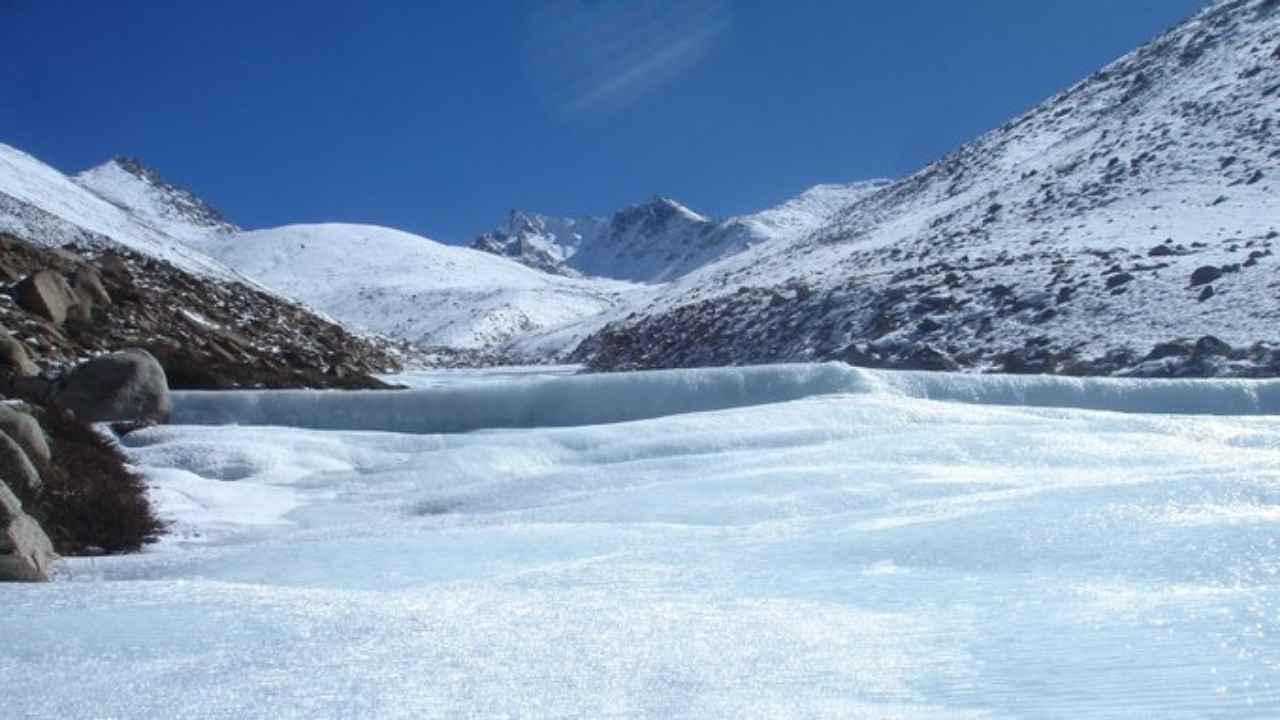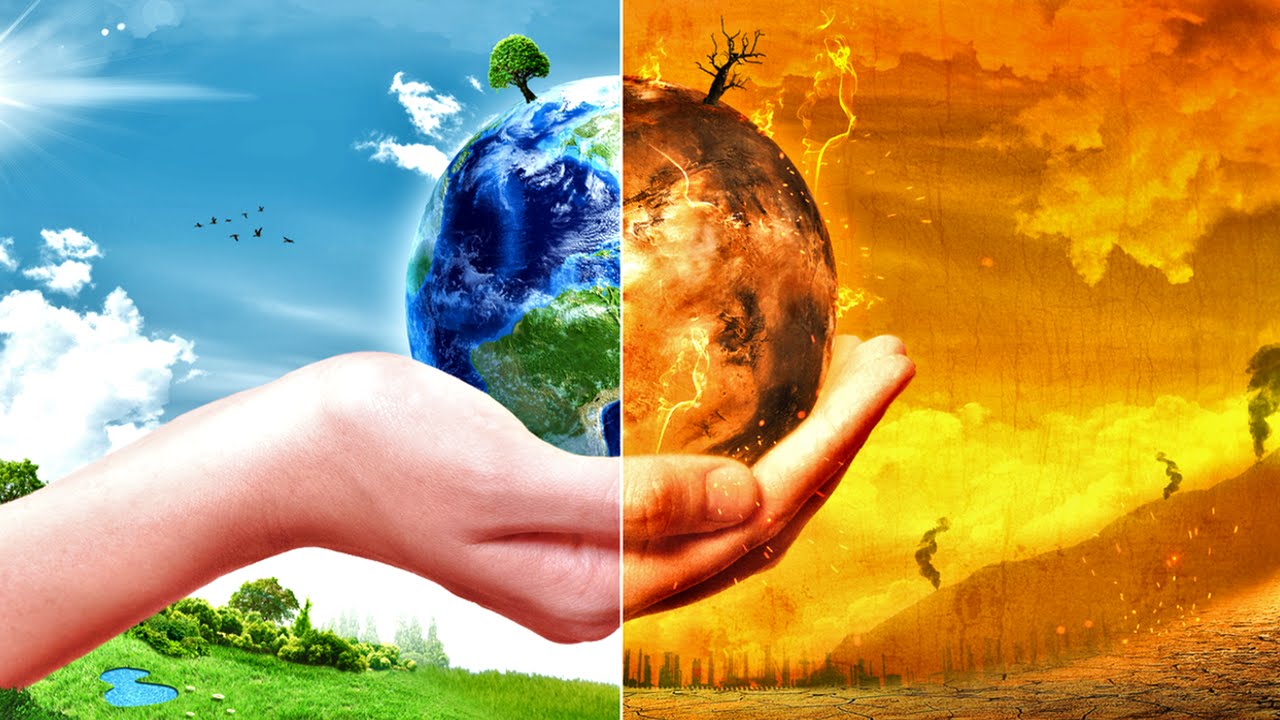Earth has warmed 1.09 degrees Celsius since pre-industrial times and many changes such as the sea-level rise and glacier melt are now virtually irreversible, according to the most sobering report yet by the Intergovernmental Panel on Climate Change (IPCC).
The report also found escape from human-caused climate change is no longer possible. Climate change is now affecting every continent, region, and ocean on Earth, and every facet of the weather.
The long-awaited report is the sixth assessment of its kind since the panel was formed in 1988. It will give world leaders the most timely, accurate information about climate change ahead of a crucial international summit in Glasgow, Scotland in November.
The IPCC is the peak climate science body of the United Nations and the World Meteorological Organisation. It is the global authority on the state of Earth’s climate and how human activities affect it. We are authors of the latest IPCC report and have drawn from the work of thousands of scientists from around the world to produce this new assessment.
Sadly, there is hardly any good news in the 3,900 pages of text released today. But there is still time to avert the worst damage if humanity chooses to.
It’s unequivocal: humans are warming the planet For the first time, the IPCC states unequivocally — leaving absolutely no room for doubt – humans are responsible for the observed warming of the atmosphere, lands, and oceans.
The IPCC finds Earth’s global surface temperature warmed 1.09 degrees Celsius between 1850-1900 and the last decade. This is 0.29 degrees Celsius warmer than in the previous IPCC report in 2013. (It should be noted that 0.1 degree Celsius of the increase is due to data improvements.) The IPCC recognizes the role of natural changes in the Earth’s climate. However, it finds 1.07 degrees Celsius of the 1.09 degree Celsius warming is due to greenhouse gases associated with human activities. In other words, pretty much all global warming is due to humans.
The global surface temperature has warmed faster since 1970 than in any other 50-year period over at least the last 2,000 years, with the warming also reaching ocean depths below 2,000 meters.
The IPCC says human activities have also affected global precipitation (rain and snow). Since 1950, total global precipitation has increased, but while some regions have become wetter, others have become drier.
The frequency and intensity of heavy precipitation events have increased over most land areas. This is because the warmer atmosphere can hold more moisture — about 7% more for each additional degree of temperature — which makes wet seasons and rainfall events wetter.
Higher concentrations of CO₂, growing faster Present-day global concentrations of atmospheric carbon dioxide (CO₂) are higher and rising faster than at any time in at least the past two million years.
The speed at which atmospheric CO₂ has increased since the industrial revolution (1750) is at least ten times faster than at any other time during the last 800,000 years, and between four and five times faster than during the last 56 million years.
About 85% of CO₂ emissions are from burning fossil fuels. The remaining 15% are generated from land-use change, such as deforestation and degradation.
Concentrations of other greenhouse gases are not doing any better. Both methane and nitrous oxide, the second and third biggest contributors to global warming after CO₂, have also increased more quickly.
Methane emissions from human activities largely come from livestock and the fossil fuel industry. Nitrous oxide emissions largely come from the use of nitrogen fertilizer on crops.
Extreme weather on the rise Hot extremes, heatwaves, and heavy rain have also become more frequent and intense across most land regions since 1950, the IPCC confirms.
The report highlights that some recently observed hot extremes, such as the Australian summer of 2012–2013, would have been extremely unlikely without human influence on the climate.
Human influence has also been detected for the first time in compounded extreme events. For example, incidences of heatwaves, droughts, and fire weather happening at the same time are now more frequent. These compound events have been seen in Australia, Southern Europe, Northern Eurasia, parts of the Americas, and African tropical forests.
Oceans: hotter, higher, and more acidic Oceans absorb 91% of the energy from the increased atmospheric greenhouse gases. This has led to ocean warming and more marine heatwaves, particularly over the past 15 years.
Marine heatwaves cause the mass death of marine life, such as from coral bleaching events. They also cause algal blooms and shifts in the composition of species. Even if the world restricts warming to 1.5-2℃, as is consistent with the Paris Agreement, marine heatwaves will become four times more frequent by the end of the century.
Melting ice sheets and glaciers, along with the expansion of the ocean as it warms, have led to a global mean sea level increase of 0.2 meters between 1901 and 2018. But, importantly, the speed sea level is rising is accelerating: 1.3 millimeters per year during 1901-1971, 1.9mm per year during 1971-2006, and 3.7mm per year during 2006-2018.
Ocean acidification, caused by the uptake of CO₂, has occurred overall oceans and is reaching depths beyond 2,000m in the Southern Ocean and North Atlantic.
Many changes are already irreversible The IPCC says if Earth’s climate was stabilized soon, some climate change-induced damage could not be reversed within centuries or even millennia. For example, global warming of 2 degrees Celsius this century will lead to an average global sea-level rise of between two and six meters over 2,000 years, and much more for higher emission scenarios.
Globally, glaciers have been synchronously retreating since 1950 and are projected to continue to melt for decades after the global temperature is stabilized. Meanwhile, the acidification of the deep ocean will remain for thousands of years after CO₂ emissions cease.


















